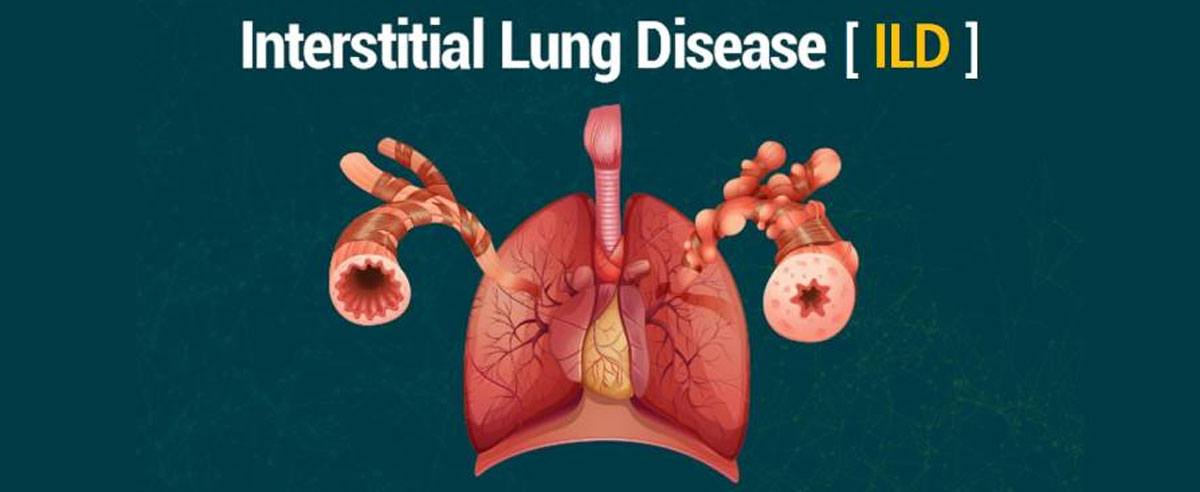
Interstitial Lung Disease (ILD) is a group of more than 200 different types of lung disorders that primarily affect the interstitium, which is the tissue and space surrounding the air sacs (alveoli) in the lungs. These disorders share the common feature of causing inflammation and scarring (fibrosis) in the lung tissue. Here's a brief overview of ILD:
Causes
The causes of ILD can vary widely and may include:
Symptoms:
The symptoms of ILD can be gradual and progressive, and they may include:
Diagnosis:
Diagnosing ILD typically involves a combination of medical history, physical examination, imaging studies (such as chest X-rays or CT scans), pulmonary function tests, and sometimes lung biopsies to identify the specific type of ILD.
Types:
There are numerous subtypes of ILD, each with its own characteristics and causes. Some common subtypes include idiopathic pulmonary fibrosis (IPF), sarcoidosis, and hypersensitivity pneumonitis.
Treatment:
The treatment of ILD depends on the specific type and its underlying cause. It may include:
Prognosis:
The prognosis for ILD can vary widely, depending on the type and severity of the disease. Some ILDs progress slowly, while others can be more aggressive. Early diagnosis and appropriate management are essential to potentially slow down the progression and improve the quality of life for affected individuals.
© Dr. Shilpa Jain. All Rights Reserved.